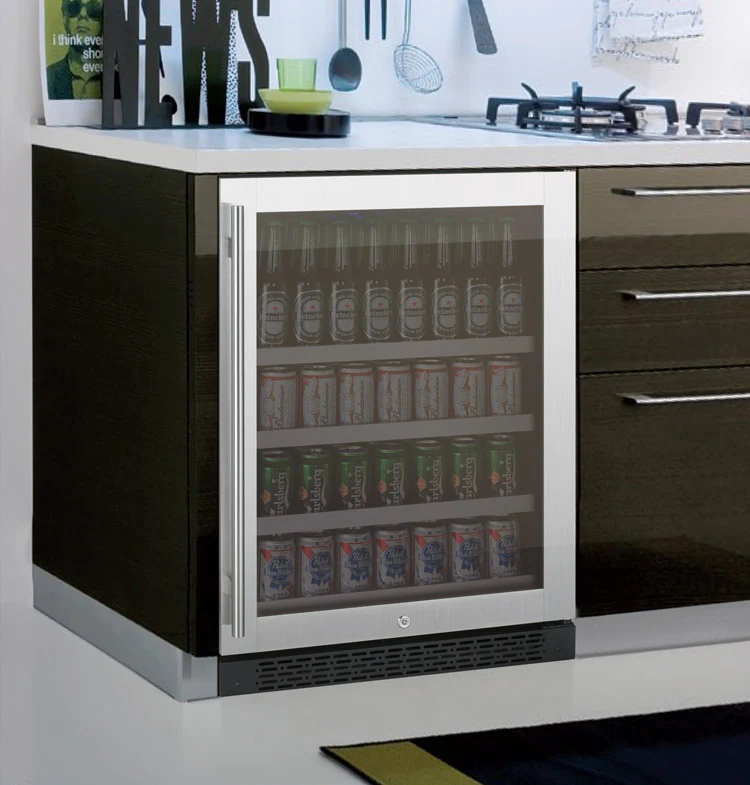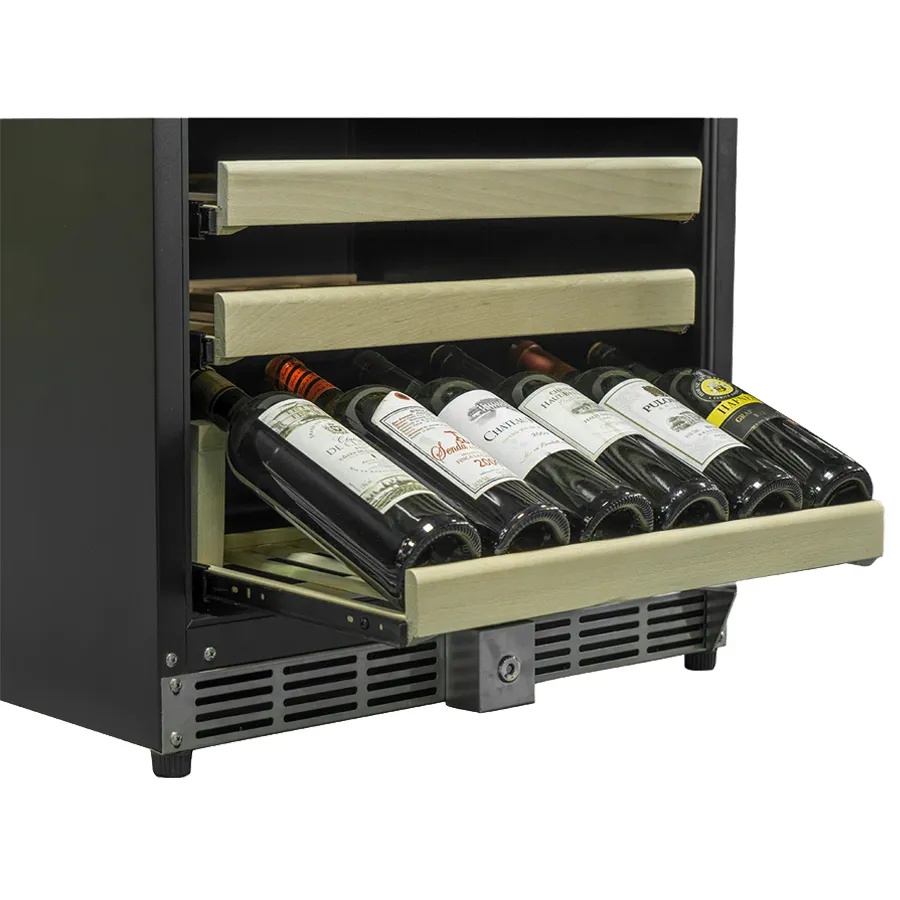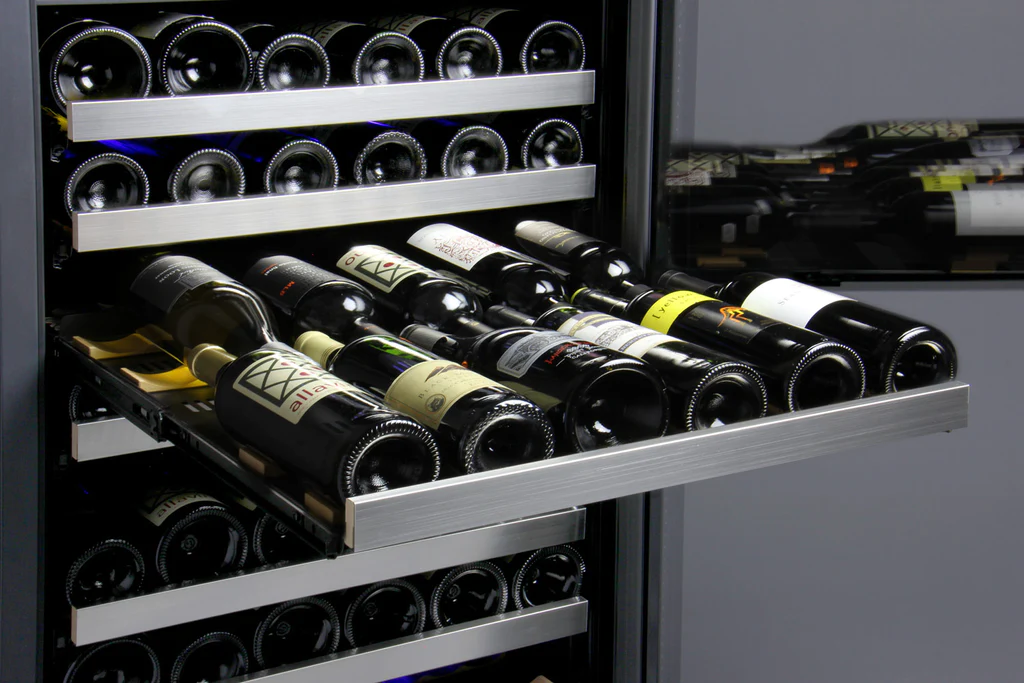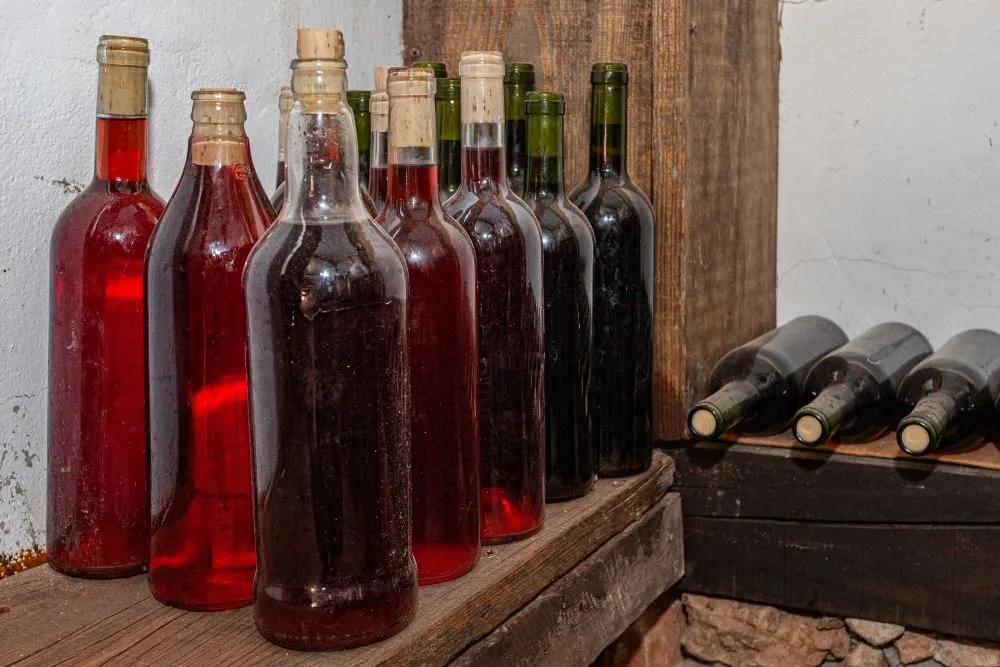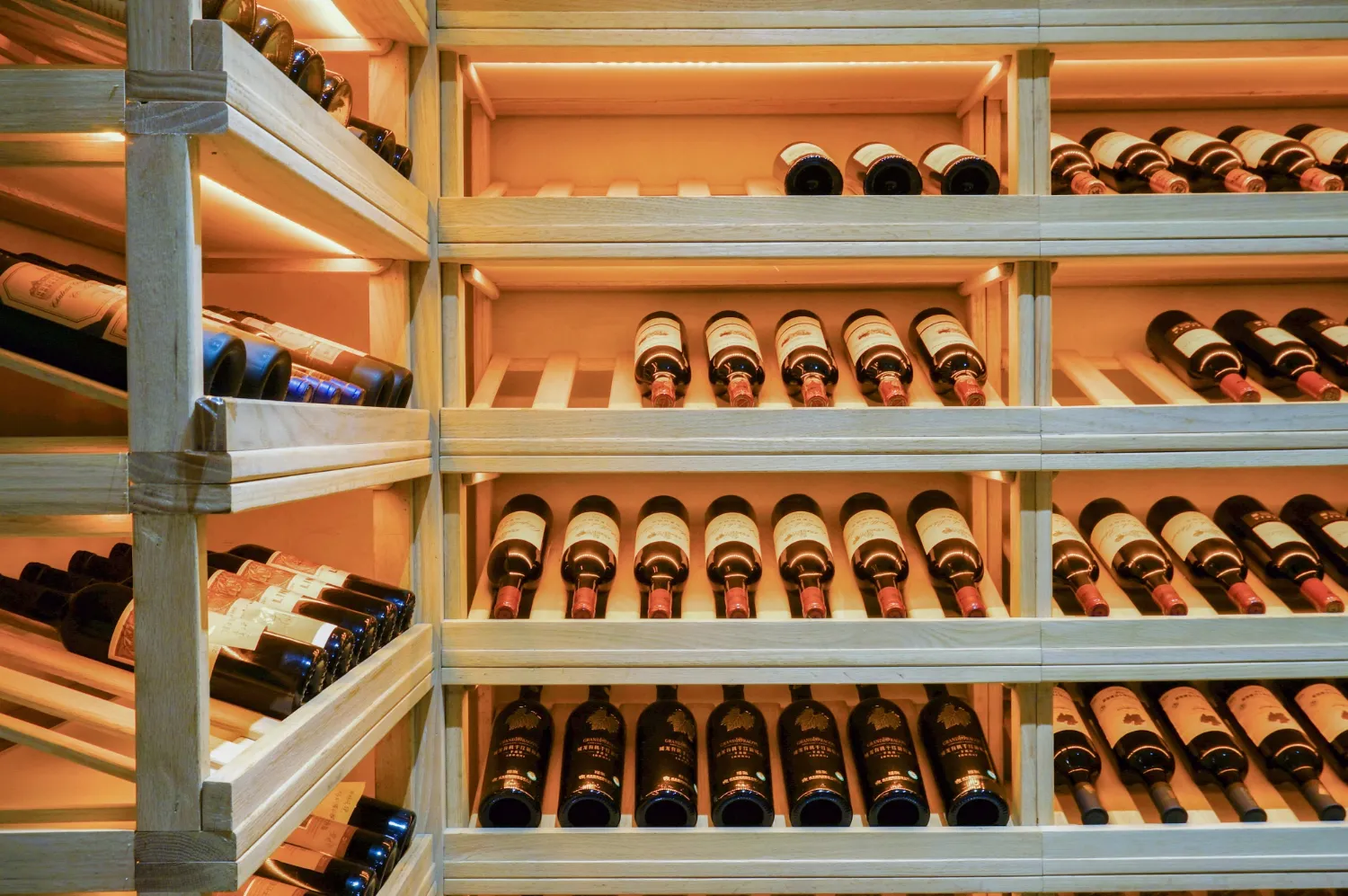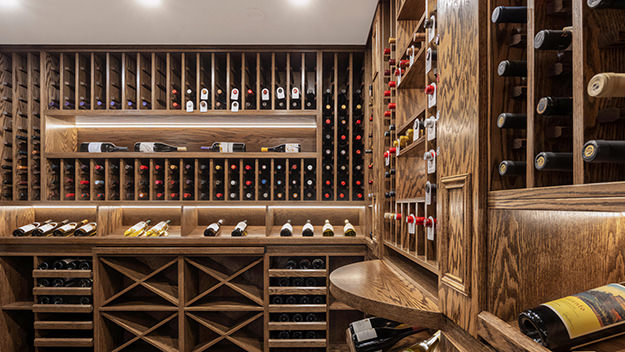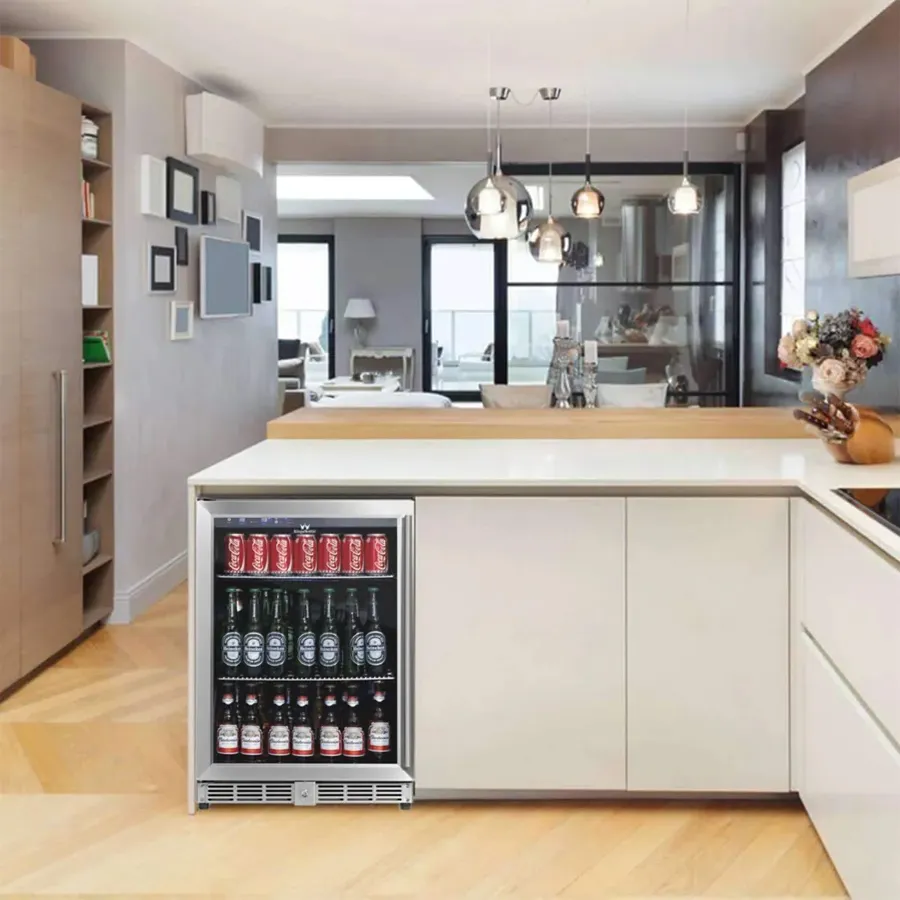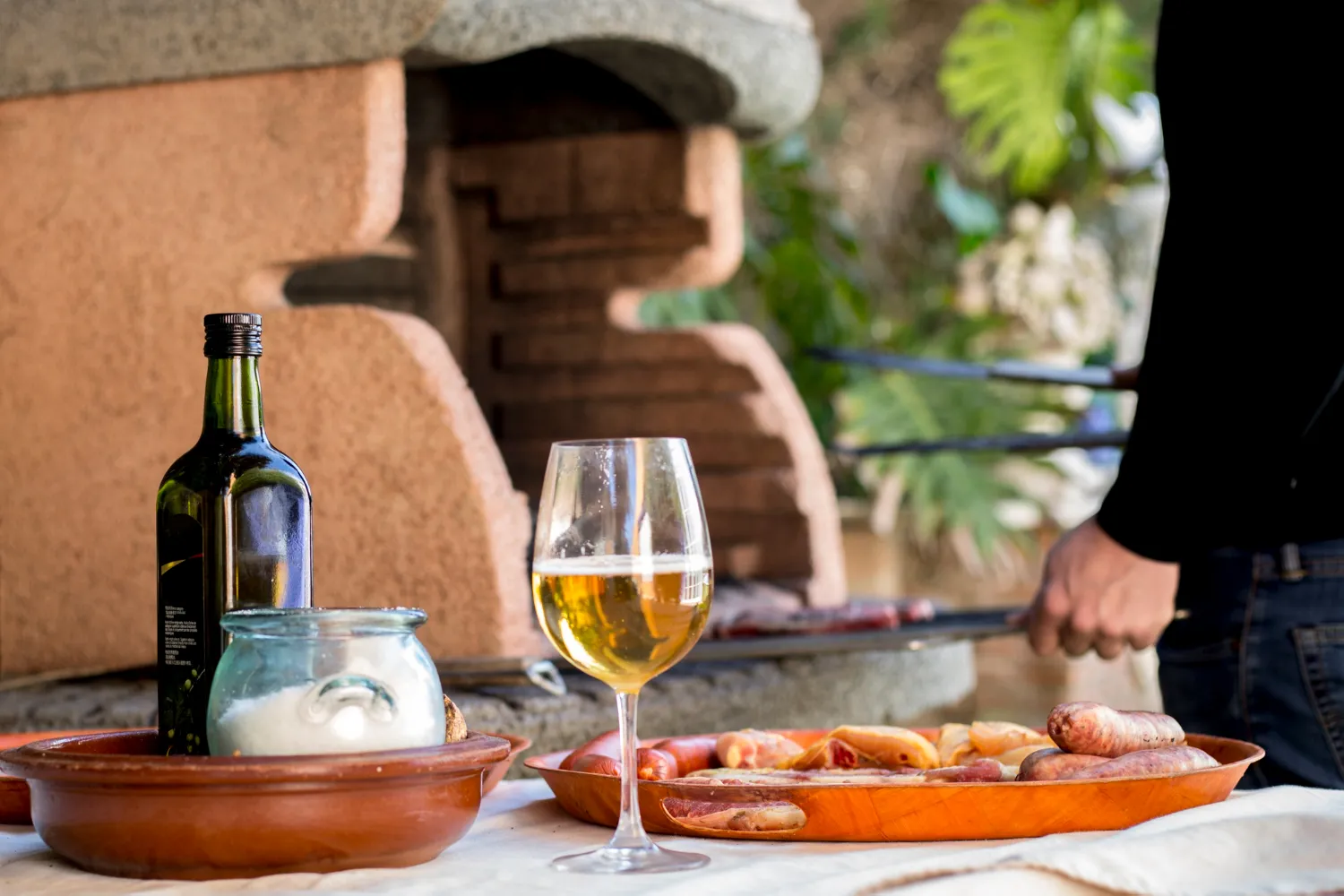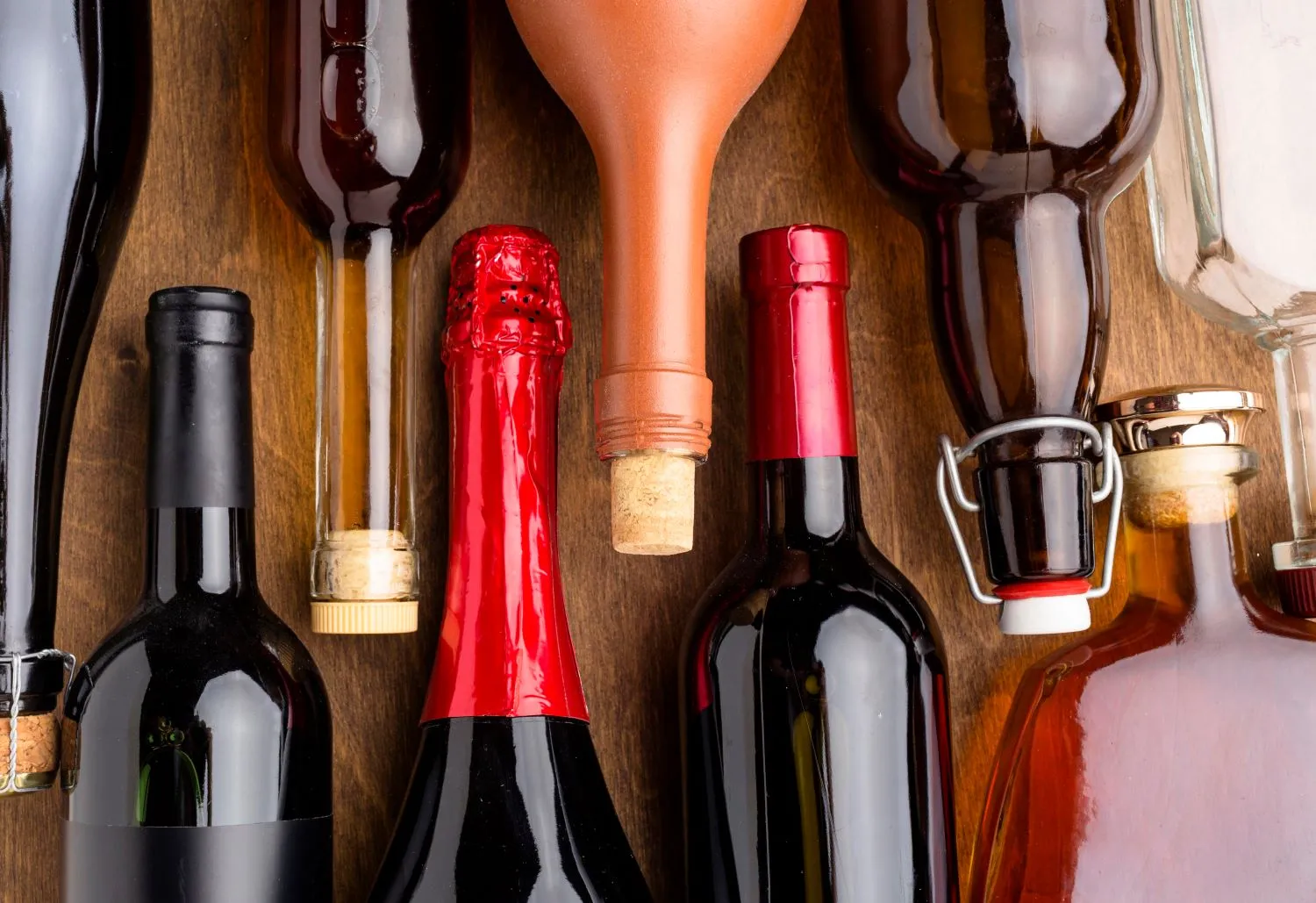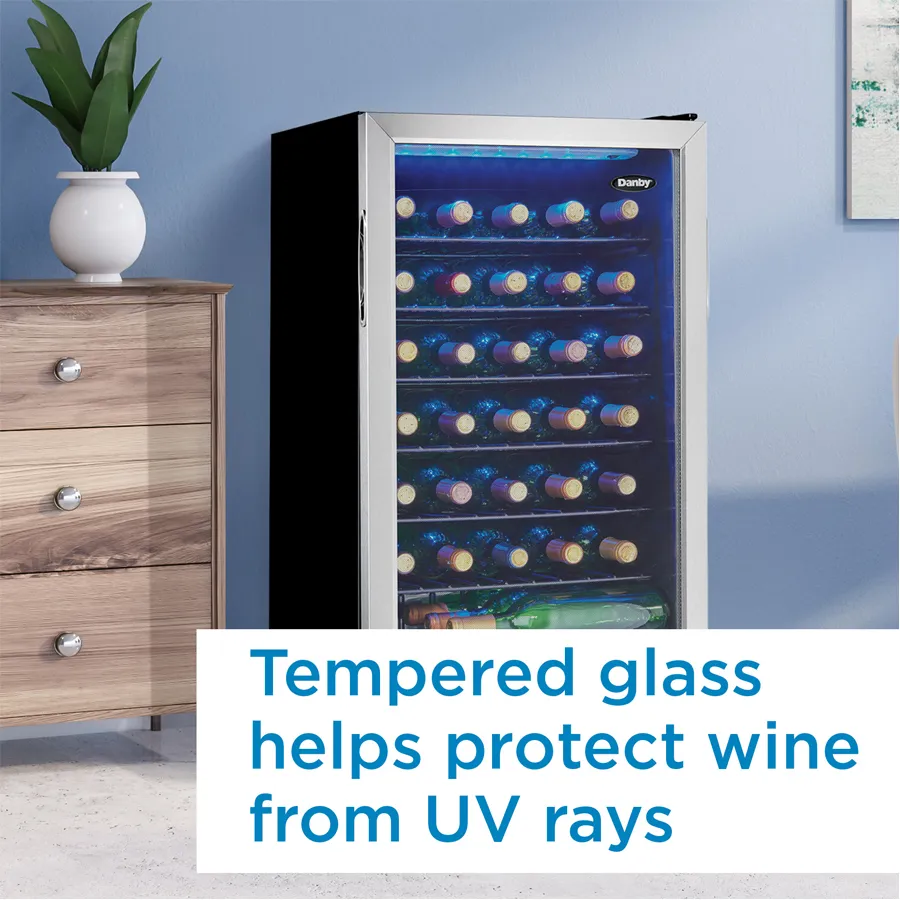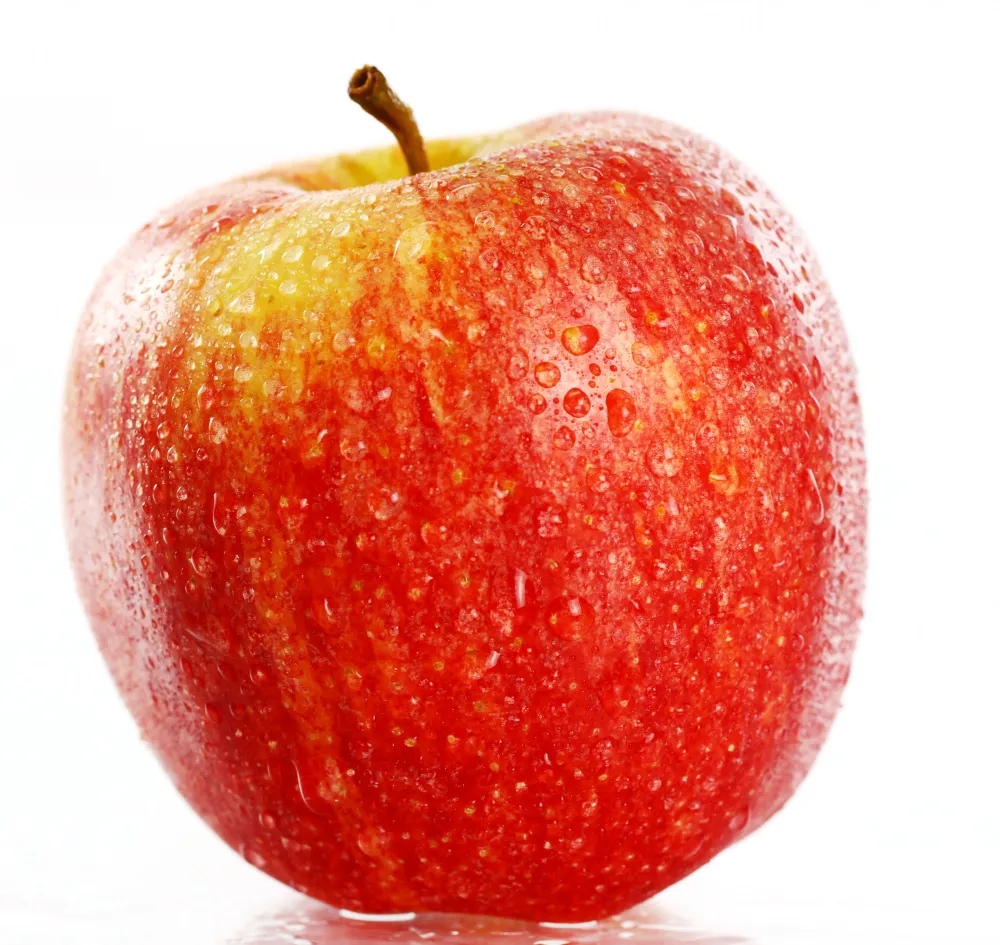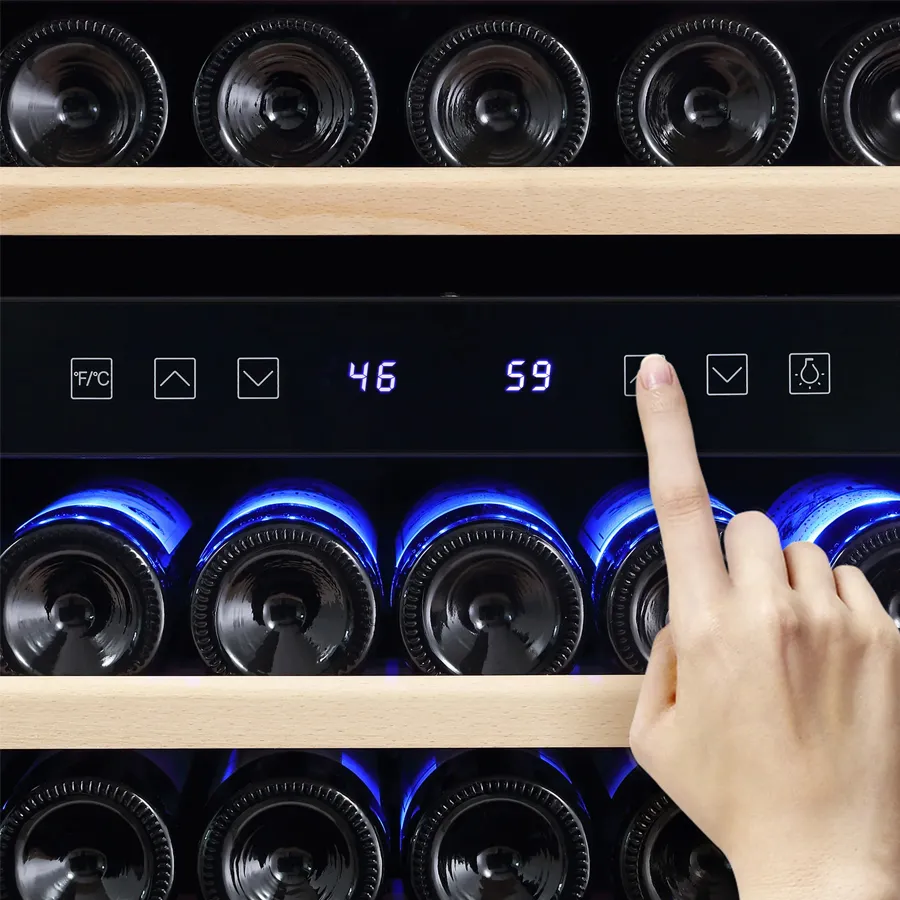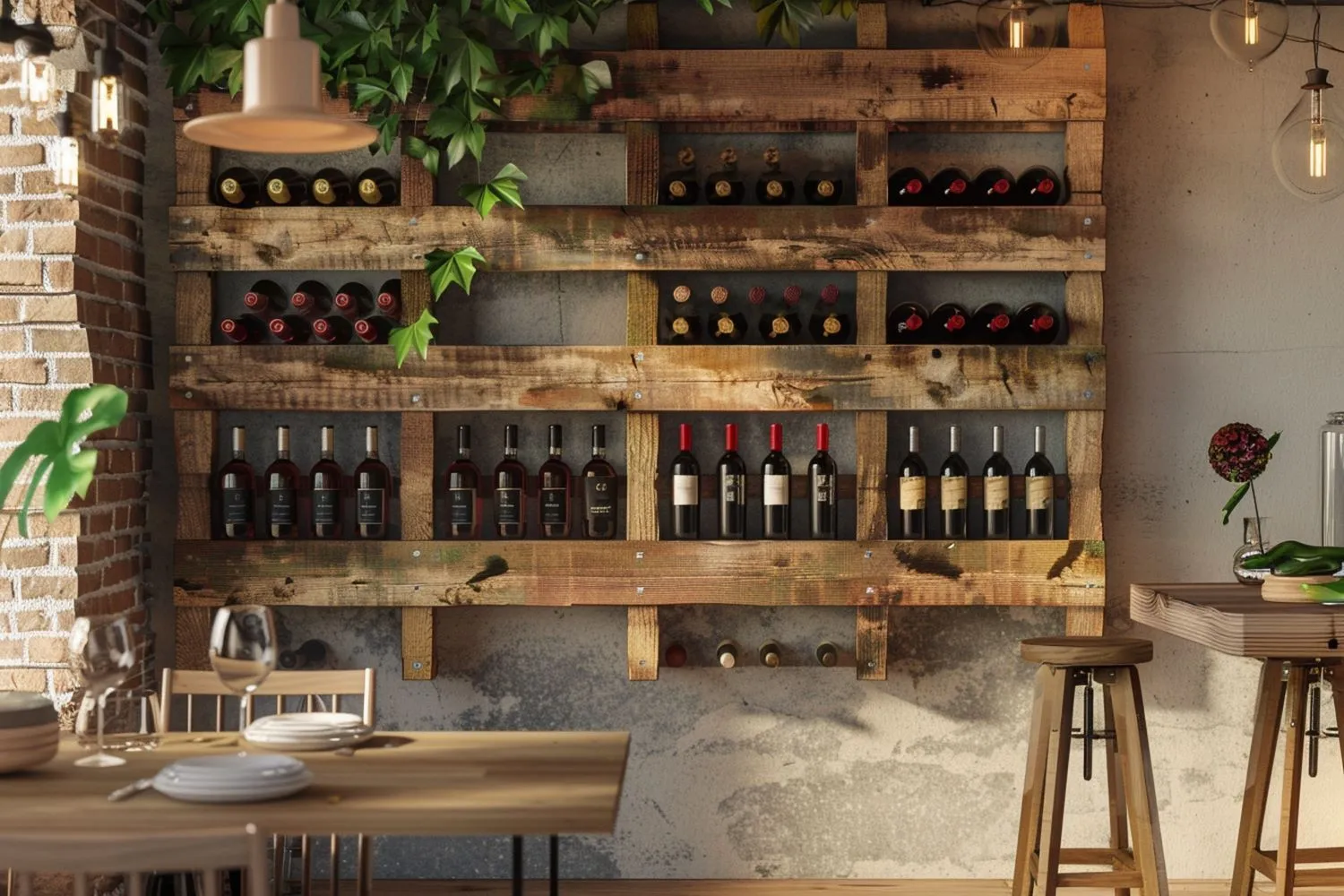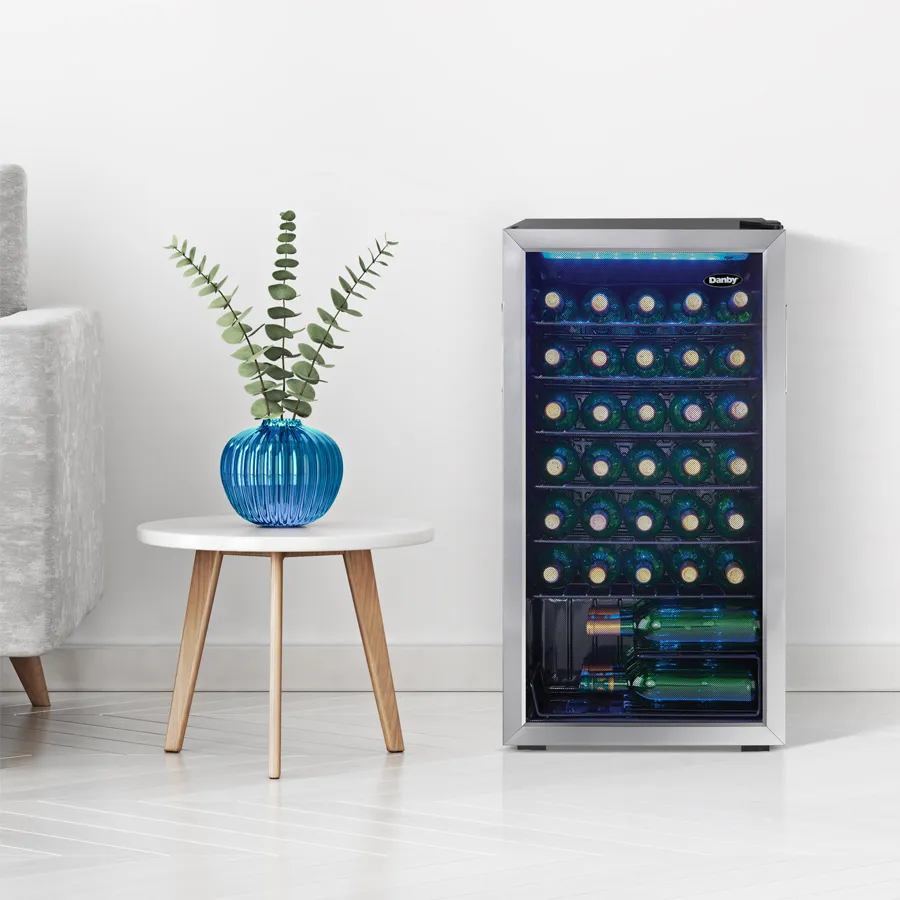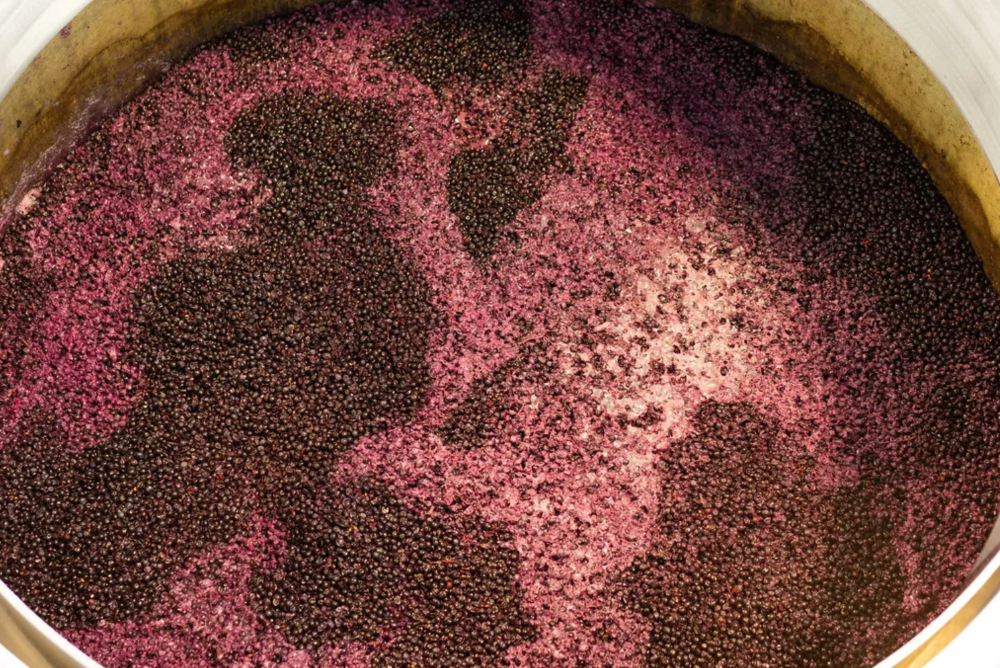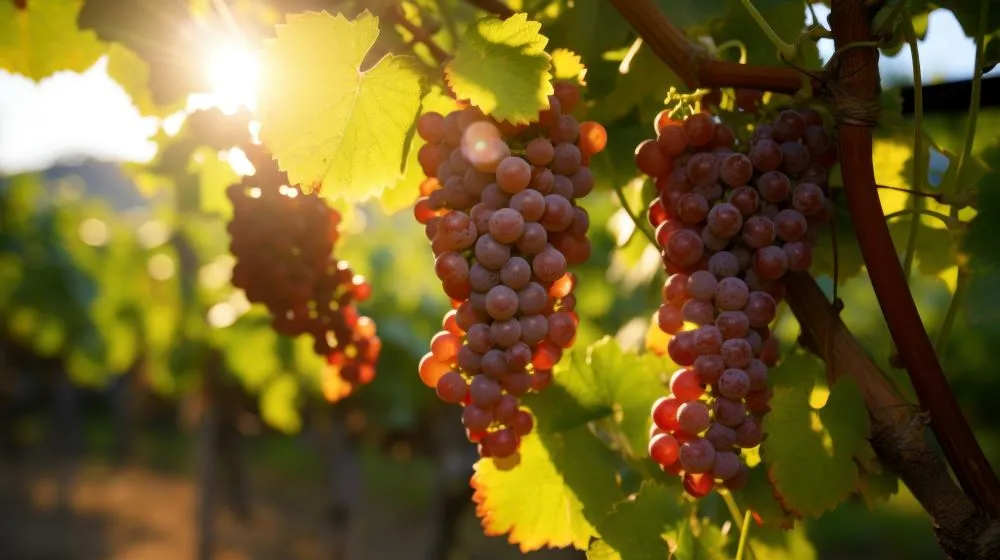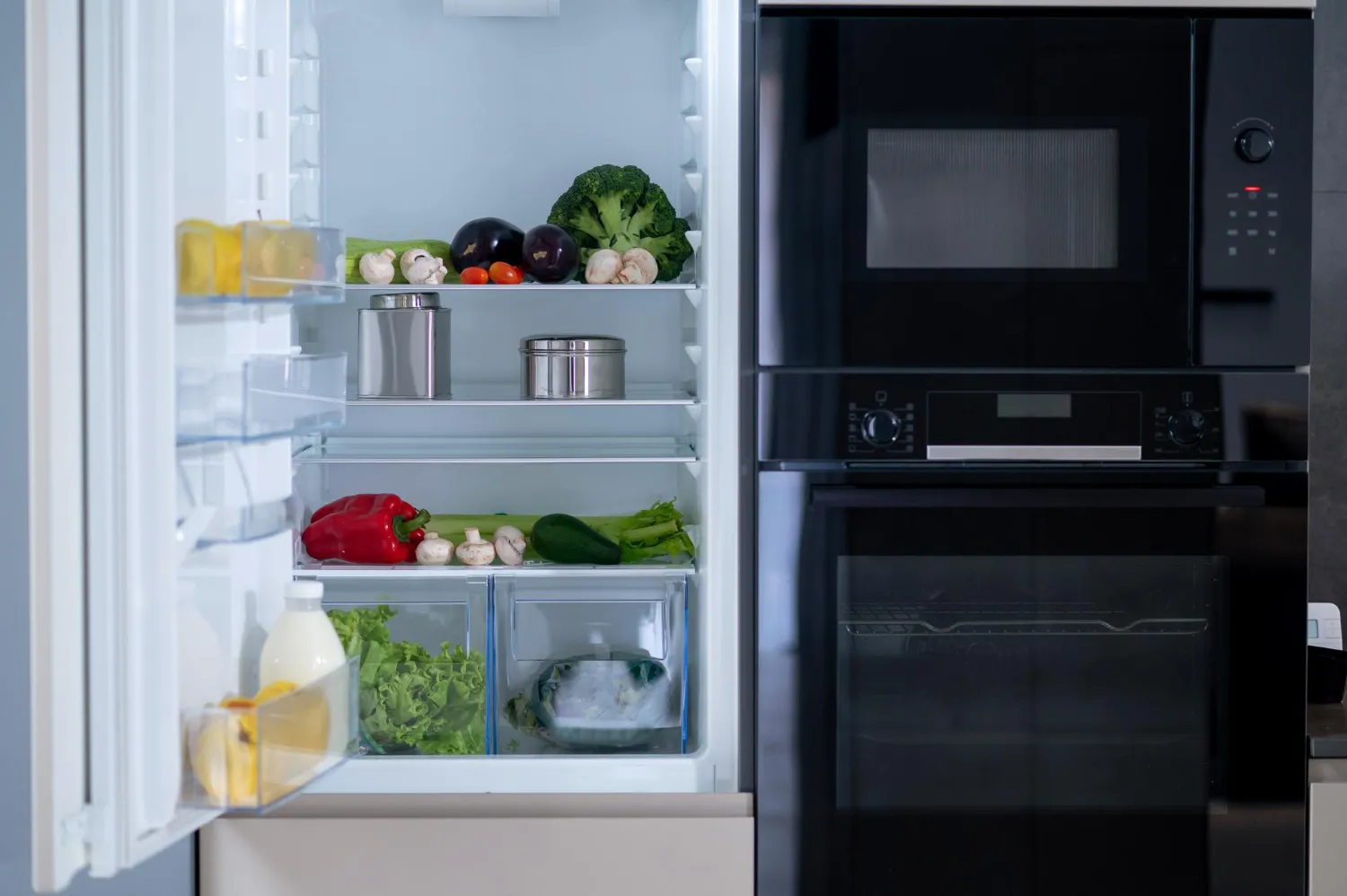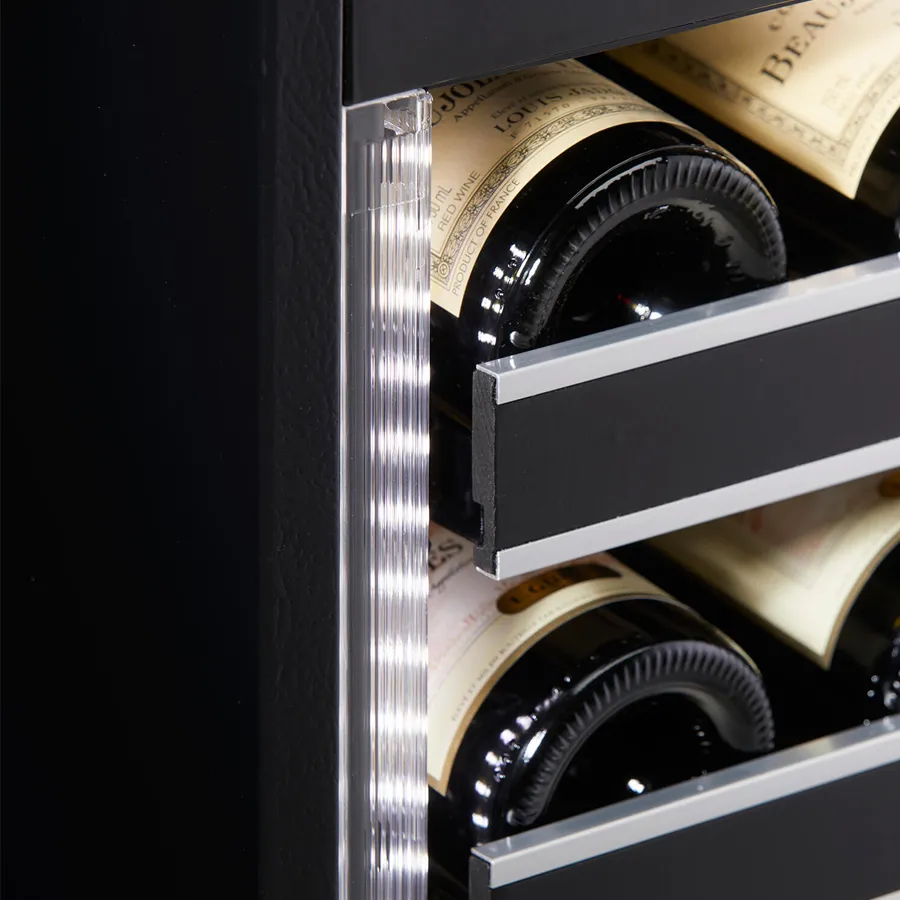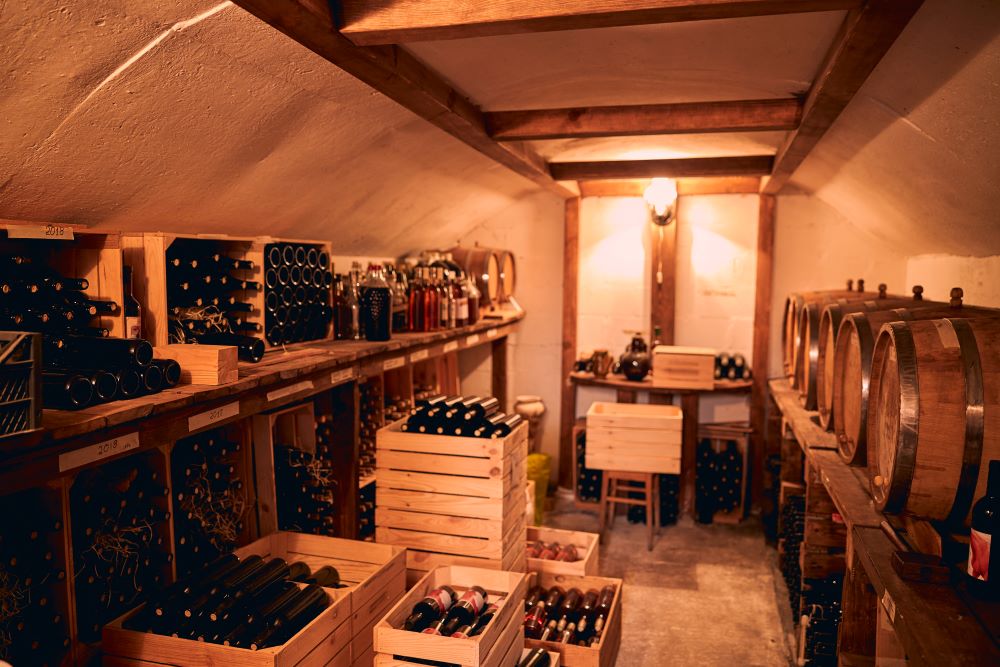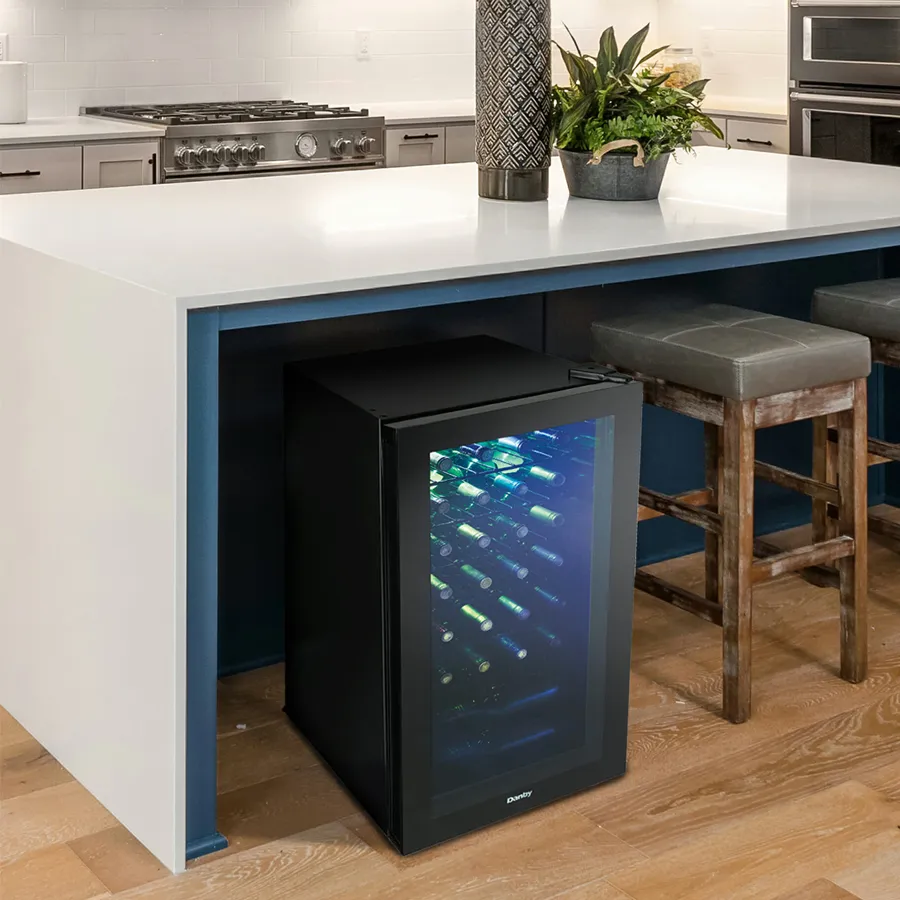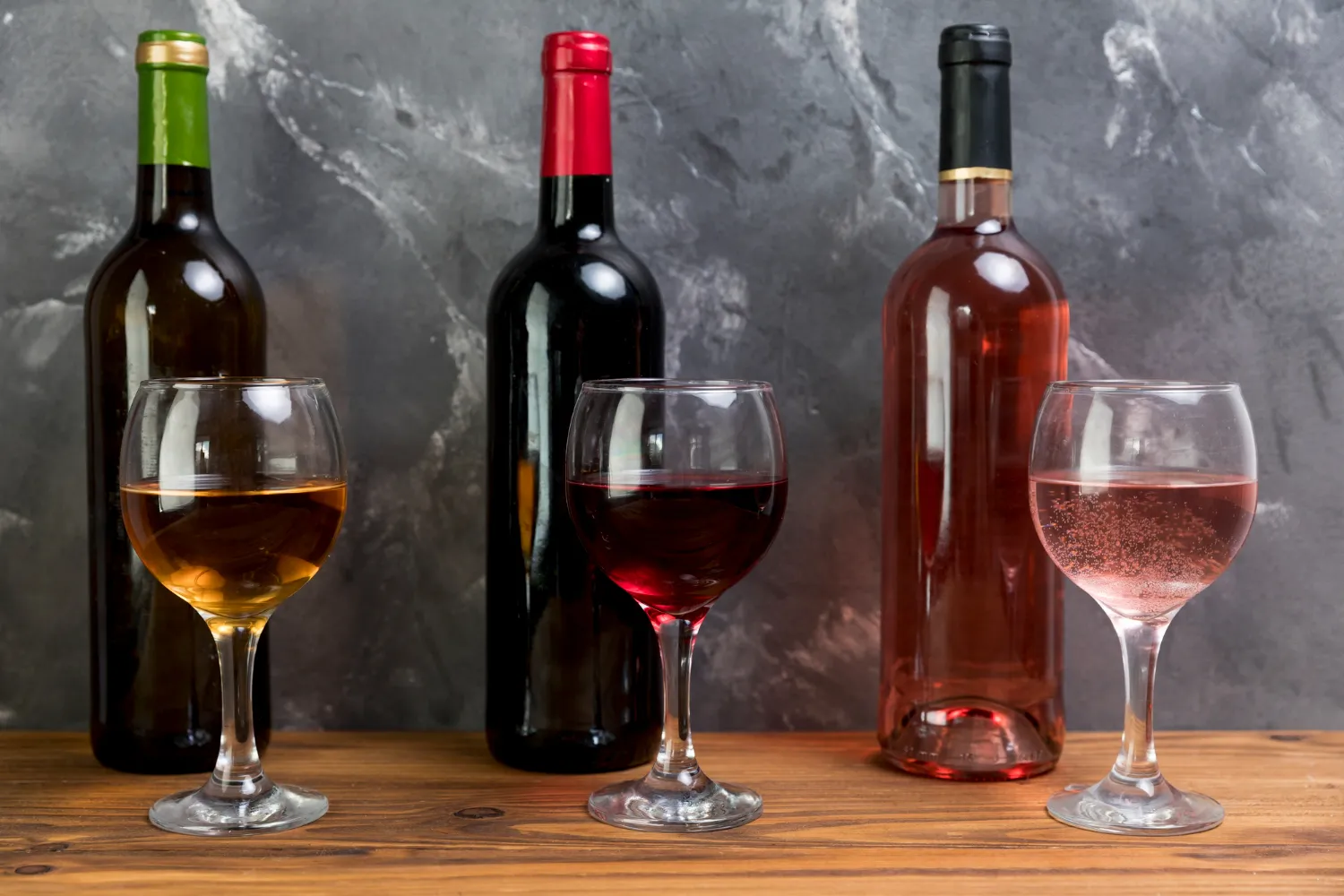Oenophiles in warmer climates face unique challenges when it comes to properly storing their precious wine collection. High temperatures and humidity can wreak havoc on the delicate flavors and aromas of even the finest bottles. However, with proper knowledge and a few key tools, it is still possible to ensure that your vintages are protected from the elements. In this informative blog post, we will explore the best methods for protecting your wine in warmer climates, including the importance of temperature control, ideal storage conditions, and the best products for safeguarding your collection. Whether you are a dedicated wine enthusiast or simply want to preserve the quality of your favorite bottles, this guide will provide essential tips for maintaining the integrity of your wine in even the most challenging environments.
About Wine Storage Fundamentals
They say that wine tastes finest when it’s cold. However, cooled wine is also best kept. The ideal way to preserve wine for serving is to keep it at a constant temperature rather than rapidly increasing it just before you want to drink it. That way, whether you leave the bottle open for a week or ten, you can be sure that every glass will be just right.
A crucial aspect of properly storing wine, especially in warmer climates, is understanding the fundamental principles of wine storage. Factors such as temperature, humidity, light, and vibration play a significant role in preserving the quality and flavor of your favorite bottles.
Ideal Temperature and Humidity Levels
To keep your wine collection fresh, temperature is king. For optimal wine preservation, it’s best to create an atmosphere that is thermally similar to that of a classic underground wine cellar. Subterranean air temperatures range from 50 to 60 degrees Celsius all year round. With proper temperature and humidity levels, you can ensure that your wine maintains its optimal flavor and aroma.
Here are the ideal conditions for wine storage:
| Temperature | Humidity |
| 40 – 65°F ( Depend on Type of Wine ) | 50-80% |
For example: Serving and storing full-bodied reds, such as Syrah and Cabernet Sauvignon, is best done between 60 and 65°F degrees. Optimal serving temperatures for sparkling wines, such as champagne, range from 40 to 45°F degrees. The vast majority of wines, including Riesling and Beaujolais, are in the middle ground.
Effects of Light and Vibration on Wine
The exposure of wine to light and vibration can have detrimental effects on its quality. The UV rays in light can cause chemical reactions in the wine, leading to unwanted aromas and flavors. Similarly, vibration can disturb the sediments in the wine, impacting its aging process and overall taste.
Temperature control is vital in mitigating the impact of light and vibration on wine. Keeping your wine at a consistent, cool temperature will help protect it from these harmful influences, ensuring that it ages gracefully and maintains its desired characteristics.
How to Store Wine in Warmer Climates
Build a Wine Cellar
An elaborate wine cellar should be your primary construction project. It is prudent to construct a wine cellar if you are a wine connoisseur who currently owns a large collection (100 bottles or more) and plans to add to it subsequently.
Buy A Wine Cooler
An appliance dedicated to the storage and preservation of wine is known as a wine cooler or wine refrigerator. A wine cooler, in contrast to a regular refrigerator, provides precise temperature control and the ideal environment for storing wine. To ensure the wine ages well and retains its quality, it is outfitted with features like humidity control, vibration reduction, and UV protection.
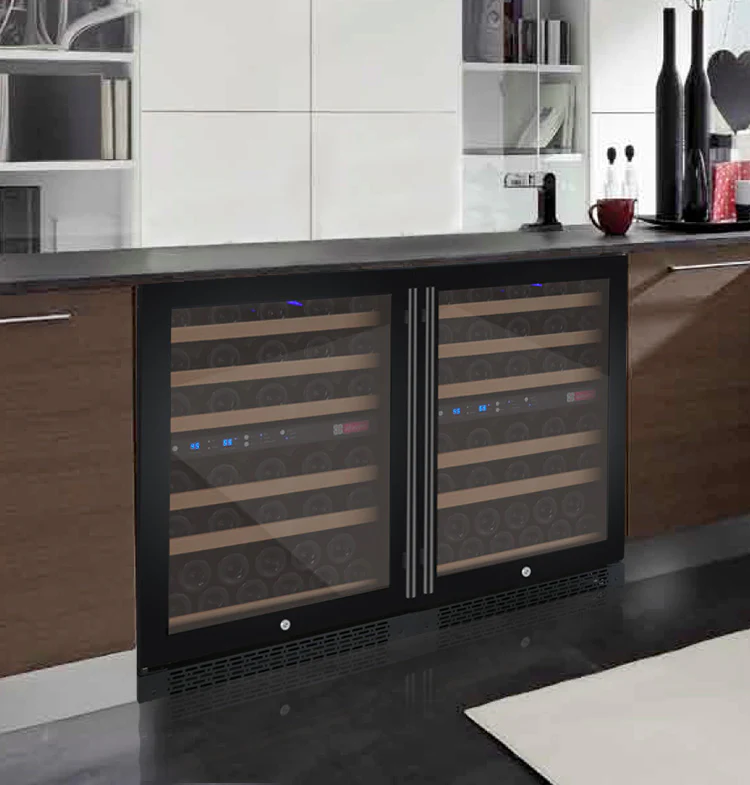
A wine cooler is a specialized appliance designed specifically for storing and preserving wine
We should all agree that proper wine storage is crucial. Luxury Private cellars are only attainable in mansions. However, you can now purchase a wine cooler for just about any home. A wine cooler is an appliance designed to maintain optimal storage and serving conditions for wine.
If you don’t have the room or means to construct a wine cellar, have a modest collection, or just need somewhere to keep your everyday wines, a wine refrigerator is a fantastic option. Keep your wine in the fridge or in a cool, dark place. The “dark” areas under your bed and in your closets are also part of this. Also, under no circumstances should you put your wine on display above your refrigerator, since it will be subjected to the continuous heat emitted by the condenser coils. Research has shown that wine ages four times faster when kept at normal temperature (around 70ºF) than when kept at a temperature just 10ºF to 20ºF lower.
Before Buying, Verify the Wine
Verify the wine’s quality before you depart from the vineyard or store. A red flag would be if the wine felt warm when touched. Even worse if the environment is too hot to be comfortable. Stored in a cool, dark place that looks and feels like a cellar is the best way for wine to age.
Handle Wine with Care When Transporting It
Transporting wine improperly can ruin it irretrievably, which is something that few people consider. It is important to ensure that your vehicle has not been left in the scorching sun for an extended time before transporting your wine. The ideal temperature for your vehicle is 60ºF, which is also the ideal temperature for a store or cellar.
Then, keep the wine at that temperature in the car’s passenger compartment all the way home. You can do one of two things if you aren’t going to go home immediately after making the purchase: Put some ice in a cooler or use ice packs. To enjoy the wine in a more comfortable environment, bring it indoors.
Avoid Sunlight When Storing Wine
Wine is ruined by sunshine. Outdoor light speeds up the aging process for wine. This is why it’s best to keep wine in a deeper, darker area of your house, like the cellar or the center, away from direct light. Do not, despite the current fashion, install windows in the room where you keep your wine. For warmer climates, this is of utmost importance. Because of the heat that sunlight produces, it becomes more challenging to keep a consistent temperature inside your area. Also, the sun’s ultraviolet radiation can penetrate wine bottles and change the chemical makeup of the wine for good.
Conclusion
Drawing together the importance of keeping wine at a consistent temperature, avoiding direct sunlight, and controlling humidity, it is clear that proper storage is essential for preserving the quality of your wine in warmer climates. By investing in a temperature-controlled wine storage unit or creating a well-insulated, climate-controlled space, you can ensure that your wine collection remains in optimal condition. Additionally, taking precautions such as using blackout curtains or UV-blocking film on windows, and regularly checking the humidity levels in your storage area will further protect your wine from spoilage. By following these guidelines, you can enjoy your wine collection for years to come, even in a warmer climate.

